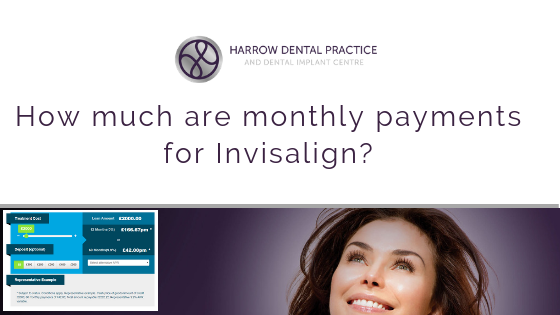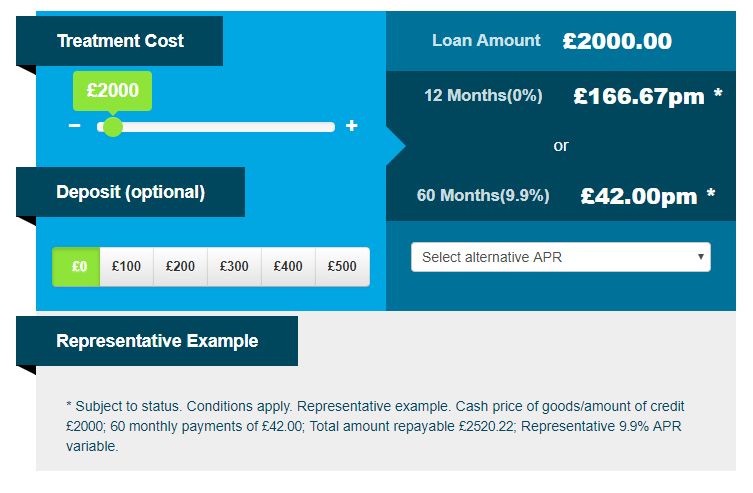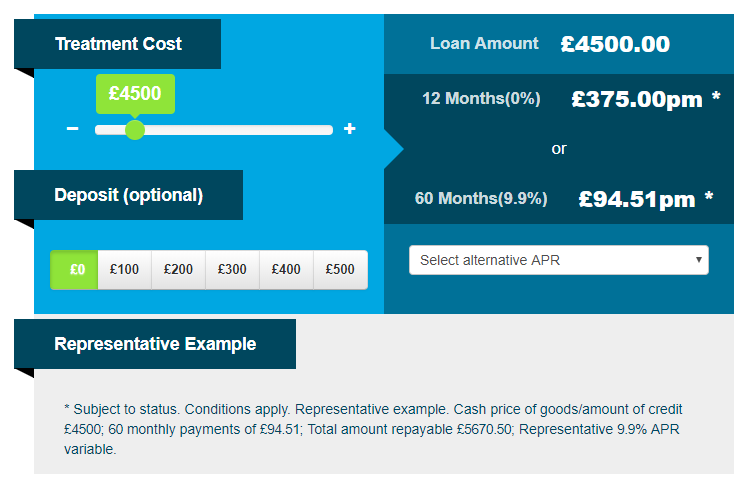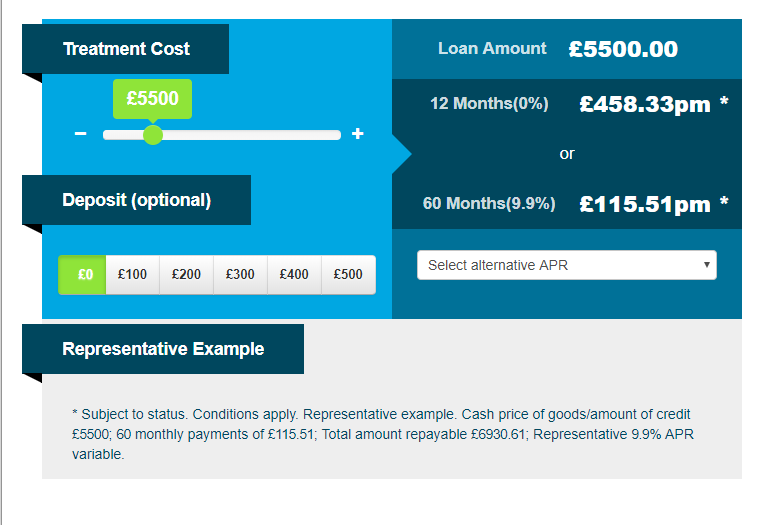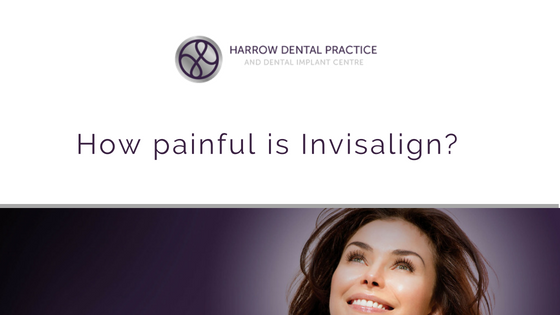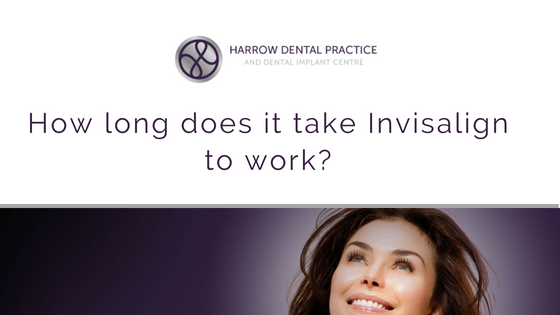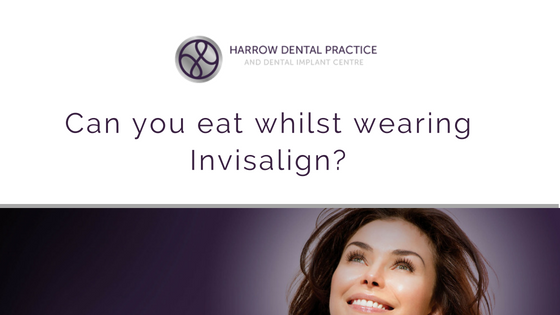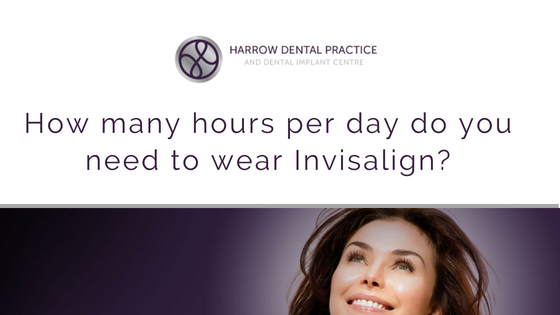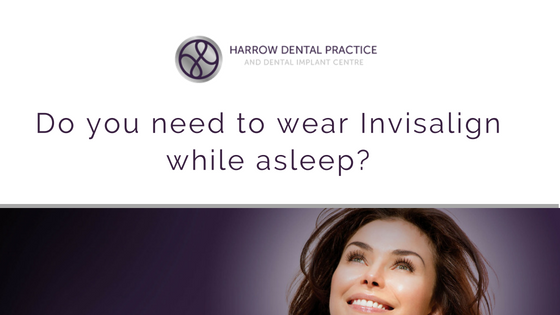It’s a common sight to see people glued to their mobile phones, checking their Instagram, Snapchat, Facebook or any other social media feed.
But is there any harm to this? Is the way people are using social media affecting their desire to seek out botox, dermal filler or any other form of skin clinic treatment?
A report in the Guardian looked at the amount of cosmetic dental treatments conducted in the UK in 2016. The report said:
According to data from the British Association of Aesthetic Plastic Surgeons (BAAPS), the number of cosmetic operations conducted last year fell 40% to a near-decade low from a record-breaking high in 2015.
And yet, at the same time, market research agency Mintel has found that up to 31% of 25 – 34 year-olds have had this form of treatment compared with just 21% compared to the whole nation.
So treatment with fillers and injectables are definitely on the increase, but is this down to social media use?
One extremely important point to note is that there are medical uses for botulinum toxin (Botox), including hyperhidrosis (excessive sweating) and gummy smiles, we don’t know if the actual use of these treatments was taken into account in any of these studies, this could skew the figures if it was not.
a study undertaken by the Nuffield Council on Bioethics In June of 2017 came to the conclusion that:
New developments and marketing have made an increasing range of surgical and non-surgical cosmetic procedures – including botox, dermal fillers, implants, and skin lightening, as well as newer techniques such as ‘fat freezing’ and ‘vampire’ treatments – big business and widely accessible
In their study they reported that they were shocked by some of the evidence they saw, particularly of mobile phone apps focusing on gains targeting girls as young as nine, encouraging them to modify their faces with cosmetic surgery on the game.
Because of this they came to the conclusion that:
The Council believes it is unethical that there is nothing to stop completely unqualified people from providing risky procedures like dermal fillers. It says that anyone offering invasive cosmetic treatments should be trained and certified before being allowed to practise.
As we walk through this discussion about the use of social media marketing and Botox it would be good to take a quick look at what Botox is, how it may be used and who can use it.
What is Botox?
Botox is the most popular brand name for botulinum type C toxin. It’s a little like the headache tablet Anadin, Anadin is the brand but the actual drug used is aspirin. In the case of Botox, Botox is the brand and botulinum type C toxin is the active ingredient. Other brand names are also available.
Most commonly this type of treatment is used for antiwrinkle treatments around the face and neck although there are other uses including hyperhidrosis and treatment of a gummy smile.
The injections are divided to treat various skin conditions such as crow feet, Lines around the nasolabial folds, Frown lines and the treatment of lines and wrinkles.
They are often offered in conjunction with filler treatments, this is where a clinician will inject filler (hyaluronic acid) into the chosen area to plump out lips and/or deep folds.
Who can administer antiwrinkle injections?
At the moment in the UK there is a complete lack of legislation around the delivery of these type of injectables. Theoretically this means that anyone can administer the injections.
Scary!
There are many athletically trained dental and medical professionals which offer this service, think about it, particularly a dentist will have detailed knowledge of the nerves, muscles and blood vessels around the head, face and neck. This makes dentists ideally suited to administer this type of treatment.
Health Education England looked at the Education and scope of practice around this very issue, Saying that:
Patients are members of the public who elect to have cosmetic interventions should be able to expect to receive safe standards of treatment and care, with the opportunity to select proficient practitioners who have had the appropriate training to deliver high quality services.
In our opinion, only medically trained professionals could meet these highly exacting standards, particularly around the knowledge of injections, anatomy of the head face and neck and cross infection control.
The dos and don’ts of reading about Botox on social media
- Don’t trust everything you read online, especially from beauty therapists who don’t have adequate medical training.
- Learn about the science of ageing and do everything you can to slow the process down and look after your skin, as well as considering Botox. Particularly understand how your facial muscles work as exercises can really help.
- Bruising afterwards is fairly common.
- Be realistic about what you want to achieve and speak to your practitioner, letting them know your ideal results.
- Know that not all social media photographs are genuine photographs, the temptation for more unethical providers to use airbrushing on fine lines to make celebrities look great is tremendous.
Is it safe to buy Botox and dermal fillers online?
The simple answer to this question is no. Botox injections via botulinum toxin are a prescription only medicines meaning they are regulated, however it is possible to buy Botox online!
Dermal fillers don’t have such regulation so the use of fillers by non-qualified professionals is far more prevalent than Botox. Dermal filler treatments can be just as harmful if not used by professional, some good things to think about are:
- How much filler should be used?
- Are fillers actually the right type of treatment?
- What is in the filler being used?
- Can you guarantee that what is on the package of the filler is actually what is contained?
Only by purchasing these types of treatments through medical or dental professionals can you be a short but the treatment you are receiving is the treatment you actually want!

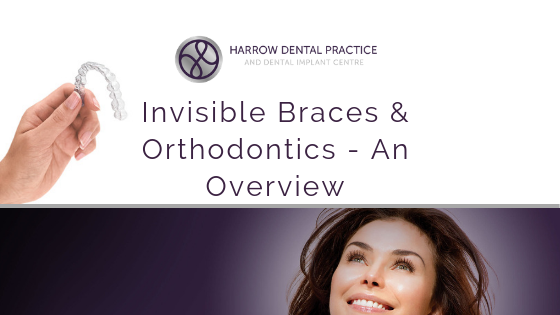
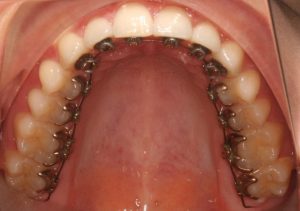
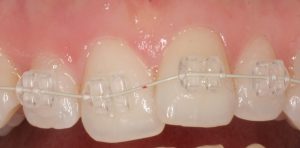 This is yet another cosmetic alternative to the standard braces. The archwire is made tooth coloured to reduce its visibility against the background formed by your teeth. And the brackets are made of transparent plastic or tooth coloured ceramic so that they are not noticed. In addition, clear or transparent ligatures are used to enhance aesthetics.
This is yet another cosmetic alternative to the standard braces. The archwire is made tooth coloured to reduce its visibility against the background formed by your teeth. And the brackets are made of transparent plastic or tooth coloured ceramic so that they are not noticed. In addition, clear or transparent ligatures are used to enhance aesthetics.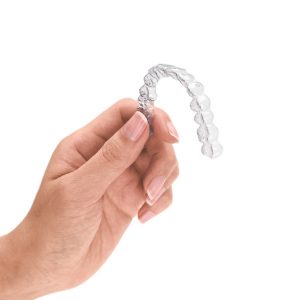 In the category of orthodontic teeth alignment appliances, the
In the category of orthodontic teeth alignment appliances, the 